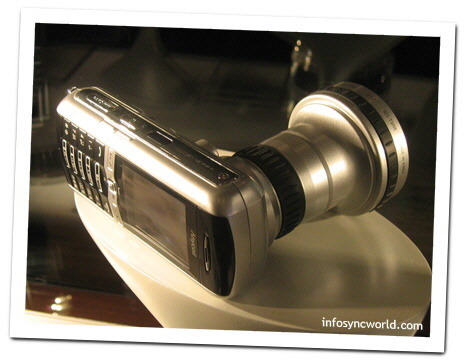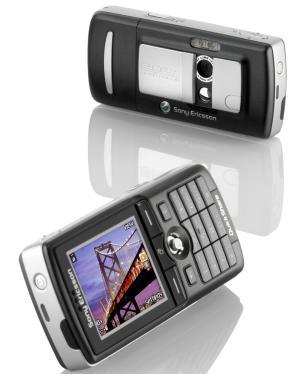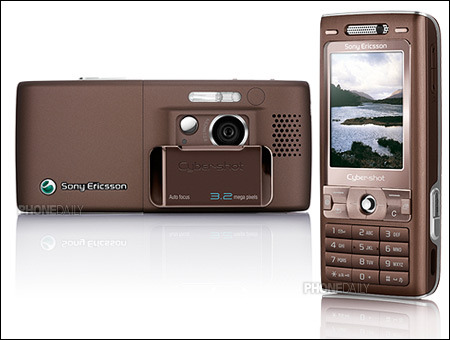Evolution of the Cameraphone: From Sharp J-SH04 to Nokia 808 Pureview

Nokia recently announced the 808 Pureview in Barcelona at the Mobile World Conference and have drawn excitement to their pureview camera technology. They’ve re-imagined how zoom works by working backwards from a large Megapixel picture and focusing in on an area of the sensor. Zooming in expands the area of the sensor which you are looking it, which means a bulky optical zoom mechanism is not required. This works also for video recording. How have cameraphone evolved to reach this point?
The very first commercial cameraphone
In 2000 Sharp produced the J-SH04 for J-Phone (now softbank) in Japan. It cost $500 and produced 110,000 pixel images (0.1MP). It was followed by J-SH05 which used a 65,536-color semi-transmissive TFT LCD on a flip phone. By 2002, Sharp had sold 5 million camera phones covering 40% of J-Phones users.

Out of Japan and turning international
In 2002, Vodafone picked up the Sharp cameraphone and remodelled it into the GX10 for European release. One of the few times that a Japanese phone manufacturer successfully sold their mobile phone offerings to a non-Japanese carrier.

Sprint brought the Sanyo 5300 to the US market in November 2002.

By 2003, KDDI released the first CCD 1 megapixel cameraphone, the Casio A5401CA.

In 2004, Sony Ericsson released the S700 with a 1.3MP CCD Camera, Nokia, Motorola and Samsung quickly followed suit,

but in 2005, Samsung went a little crazy releasing the SCH-V770…. a 7MP camera phone with 3x optical zoom and autofocus. Take a look at the picture to see how ‘ridiculed’ it was.

Nokia vs Sony Ericsson enter the battle
By 2004, Nokia had become the worlds most sold “digital camera” brand, but did not have the “best” camera phones. Sony Ericsson took that mantle when it released the S750 in 2005 which could be considered the first 'regular’ camera phone that had autofocus… with a 2MP sensor added.

Nokia’s attempt to take the lead came via the N90 which used Carl Zeiss lens with their 2MP auto-focus phone with a rotatable barrel.

But Sony Ericsson’s response was the K800, the first with a xenon flash. Released in July 2006

Nokia March On
First the N73 with 3.2MP, followed by the N93 with 3x Optical Zoom and the first camcorder phone with Carl Zeiss lens both in the Autumn of 2006. (photo is of the N93i)

Than in 2007, the N95 with 5MP and the N82 with 5MP and Xenon Flash were released. By now the megapixel battle was in full swing, but we all know that Megapixels are not the only equation in cameras. Sony Ericsson released the K850 with a poor 5MP camera.

Samsung Enter the frame
With the i850 and M8800 Pixon the 8MP phase of the camera phone battle opened up. Nokia upped the technical capabilities by introducing variable apertures with their 8MP N86 in 2009.


Samsung released the first 12MP camera phone with 28mm wide-angled lens and Xenon with the M8910 Pixon12.

The current best camera phone was released in 2010. This is the Nokia N8, with a very large 1/1.83" sensor.

Nothing was released in 2011 that could beat the camera quality of the N8, but 2012 sees a quantum leap with the release of e Nokia Pureview.